The paintings of medieval monuments have led to emergence of several other art forms. Renowned painter Saranjeet Singh ‘Sarna’ speaks to Gunjan Joshi about his pursuit to preserve old monuments through his paintings.
What kind of role Indian history has played in the development of contemporary art?
Various forms of art have emerged from history. While Mughals have brought in Persian motifs in Indian art, crafts such as Meenakari and block printing flourished under Rajput rulers. My paintings are primarily inspired by my fondness for old fortresses, monuments, and havelis. They symbolize the rich cultural heritage of our country and also are very educative for me. I prepare my paintings in front of these monuments and interact with people simultaneously. Through this activity, I come to know the entire series of events behind these monuments. They are on the verge of depletion. I want the government to make an organization to preserve these valuable assets of history.
What kind of paintings and carvings do you generally observe in these monuments?
The primitive paintings that we see in old monuments are our grassroots which have led to the emergence of other art forms. For instance, motifs that you see in Rashtrapati Bhawan are derived from Mughal architecture. These are the inspiration for modern artists and craftsmen. Heritage painting is close to my heart. I recently went to Jodhpur where I exhibited all my paintings based on old forts of Rajasthan.
Do your paintings reflect several historical events in layered form or are based on details of just one monument or event?
I paint details of just one fort, a haveli, an alley, or a porch of an old fort and describe architectural motifs in that particular building. I paint branched arteries of a building which have become narrow with age yet are strong. These fine motifs jostle for space and are bound to get clotted at many places.
As an artist, what fascinates you the most in land of colors – Rajasthan?
First of all architecture and then the colourful people fascinate me the most in Rajasthan. Every facet of their life is full of colours from cuisine and clothes to ornaments. You will find hand-block printing, tie and dye, and terracotta everywhere in some form or the other in Rajasthan.
Talking about Shahjahanabad, what inspires you among the narrow alleys and mouth-watering food?
As famous poet Zauq has said, “Kaun jae zauq par Dilli ke galiyan chod kar”, the havelis of Shahjahanabad or Chandni Chowk has that effect on you. The famous Chandni Chowk was a once a world in itself. Its galis(lanes), mahallas(localities), and katras(fort markets) were cluttered and noisy yet magical. They are abandoned and in ruins these days and no one takes care of them. Some of them have turned into warehouses or godowns of shops located nearby. I find it really strange. Nothing has been done for these monuments despite the fact that these buildings are located in the capital city of our country.
Any particular instance of buildings that need special attention of authorities?
The Jaisalmer Fort should be preserved because its surroundings are in ruins. It mostly comprises of carvings of stone which are very beautiful. It is a very old fort built in 11th century and needs special attention of authorities.
How do you see journey of Indian art from ancient caves to fusion art of today?
The ancient cave paintings were fusion art in themselves. Art is an important form of expression. It always expresses the mood and mindset of an artist. As the society changes, the outlook of an artist also change and hence changes in various art forms are witnessed. Nowadays no one does heritage painting, and everyone is fond of abstract art. I have an inclination towards realistic art, therefore old monuments inspire me. Rockefeller is my favourite form of art because that is a form of artist’s own temperament.

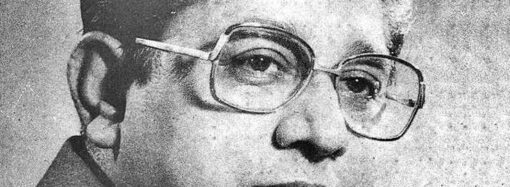
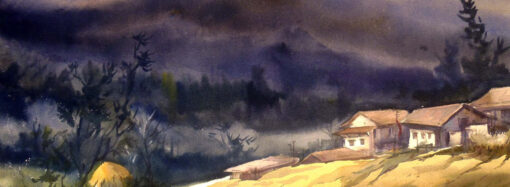
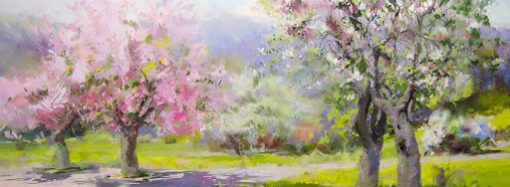
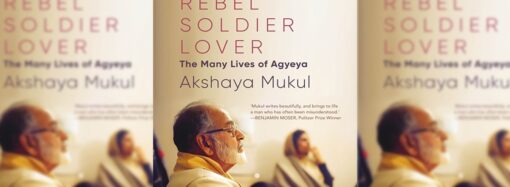
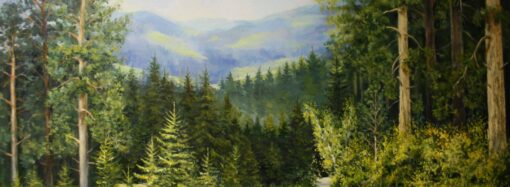
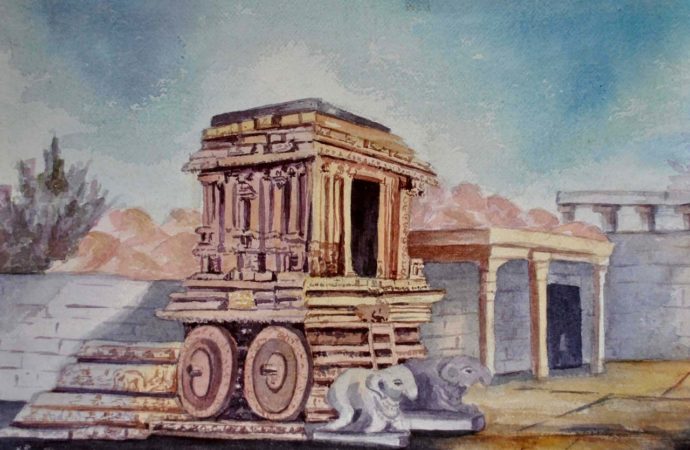

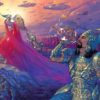

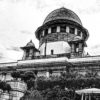
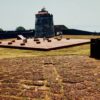
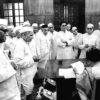

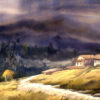
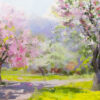

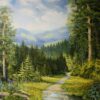
Leave a Comment
Your email address will not be published. Required fields are marked with *